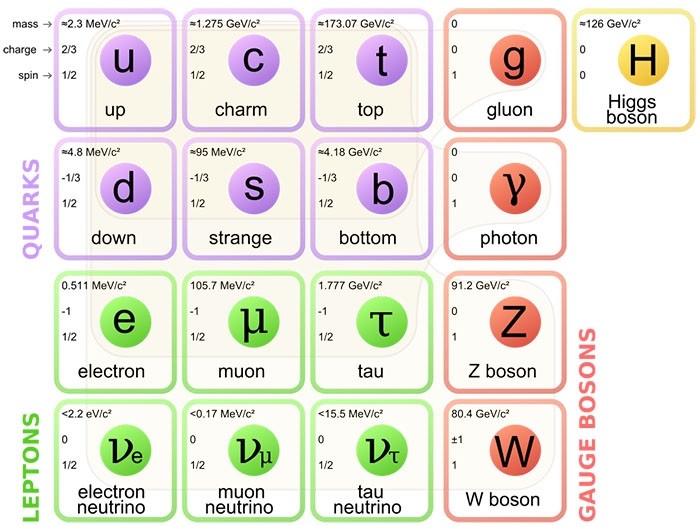
Sara Sullivan
Measurement of Upsilon (3S) Mass with the BaBar Detector
At the core of scientific curiosity lies the inquiry into the universe’s fundamentals. The most accepted theory concerning the fundamentals of the universe is the Standard Model which details elementary particles, their properties, and interactions. However, observed violations in conservation laws during particle collider experiments, particularly concerning lepton flavour numbers, necessitate a deeper investigation. Focusing on BaBar’s Υ(3S) data, pre-selected electron muon real data and MC data can be compared and used to discuss the data sets potential in uncovering candidates for lepton flavour violation.
Evan Hunt
Accounting for the Asymmetry: Boost Vector Measurement in Experiment 26 Data Sets by Belle II Detector
Belle II, an international collaboration, is a high-energy physics experiment that uses the SuperKEKB collider at KEK in Tsukuba, Japan. SuperKEKB is an electron-positron collider that acts as a B-meson factory to investigate physics beyond the Standard Model (SM) and the precision measurement of the SM parameters. An asymmetric beam of 7 GeV electrons and 4 GeV positrons circulates in opposite directions, colliding at the centre-of-mass (COM) of Upsilon (4S) resonance. A consequence of the asymmetry is a discrepancy between the frame of reference in the laboratory and that of the centre-of-mass, which is moved in the collision. A Lorentz boost vector must be introduced to account for this for the sake of performing physics analysis. The goal of this project is to create a way to improve upon the boost vector values of the most recent run of the Belle II project, experiment 26.

